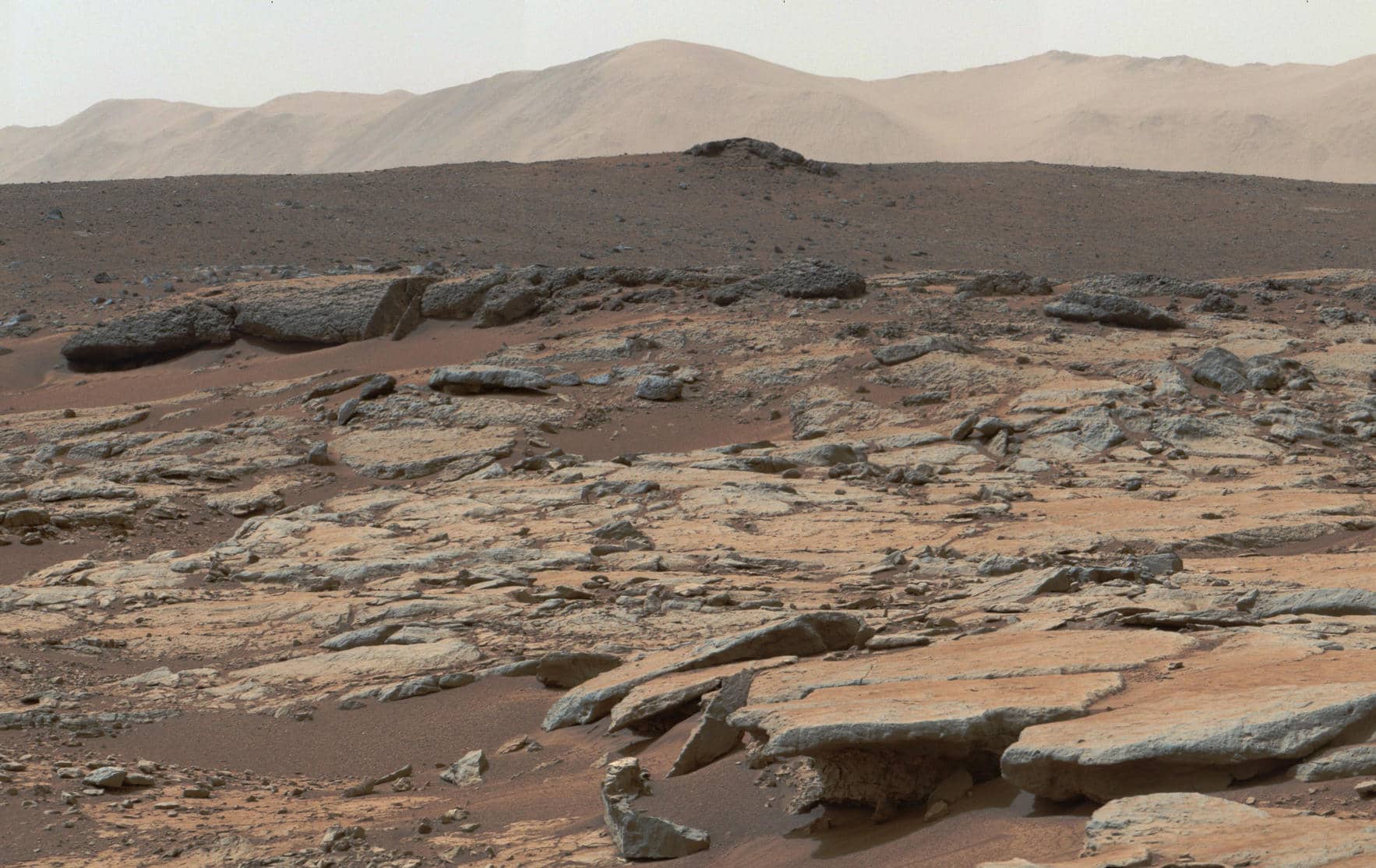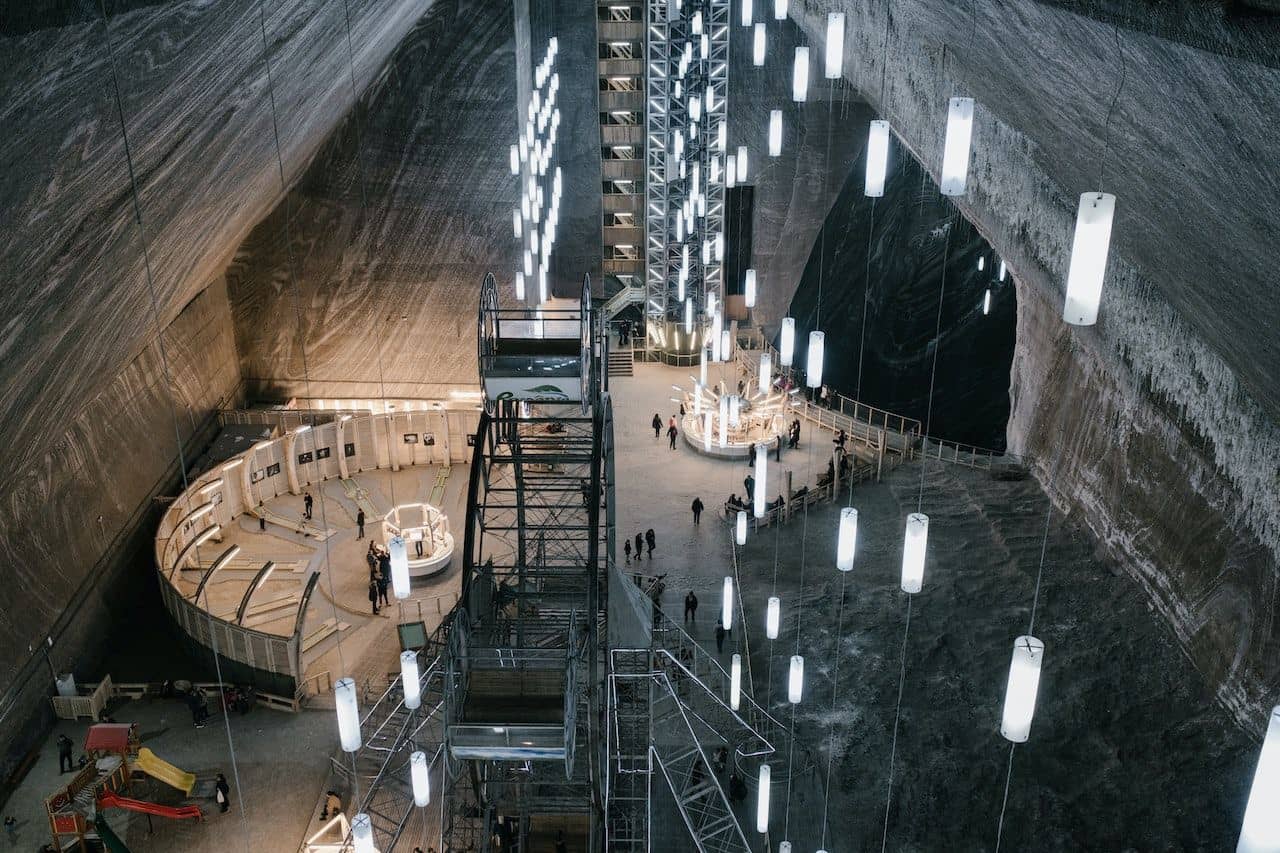NASA revealed that it will collaborate with Boeing to create an experimental new aircraft demonstrator that is remarkably different from conventional passenger jets. The aircraft’s long, slender wings will protrude from the top of the fuselage, above the windows rather than below them. These wings will also be supported by trusses because they will be lengthier and more slender than ordinary commercial airplane wings.
This new aircraft, to be known as the Sustainable Flight Demonstrator, is being developed for one straightforward reason: to figure out a solution to significantly improve the aircraft’s fuel efficiency and to make it better for the environment. Although the drastically improved efficiency improvement wouldn’t come from new wings alone, that is the number that NASA is aiming for—up to 30 percent better efficiency.
The aircraft will also feature two engines, one beneath each wing, and a tail in the back that is formed like a T in addition to those long, slender wings. It won’t be a wide-body with two aisles like a 787 or an A350; rather, it will be a single-aisle aircraft like a Boeing 737 or an Airbus A320. The intention is for aircraft like these to fly regularly scheduled commercial flights between cities like New York City and Chicago.
Technically speaking, the design of the aircraft is known as a TTBW, or Transonic Truss-Braced Wing. Long, thin wings are said to produce less drag because they can lessen vortices at the wing tips, according to aerospace engineers. A plane with these wings must have trusses because disadvantages to this configuration include the possibility that a long, narrow wing could flutter, like a bridge or a sign blowing in heavy winds. Additionally, if aircraft of this design end up replacing narrow-body aircraft like the 737, they will need to fit through airport gates, and their long wings may make that difficult.
NASA representatives said the initiative was a “major new NASA commitment to reducing carbon emissions in the air transportation system,” which is “one of the most difficult industries to decarbonize.” They said that they will work with Boeing to get this more fuel-efficient, futuristic bird in the air by 2028, and they even claimed that such aircraft might be in service by the 2030s.
According to the International Energy Agency, more than 2% of carbon dioxide emissions from “energy-related” sources occurred globally in 2021. There are additional approaches to try to make aircraft greener, such as operating smaller planes entirely on electric power or utilizing sustainable aviation fuel, in addition to researching novel aircraft designs like the TTBW in the form of the Sustainable Flight Demonstrator.





